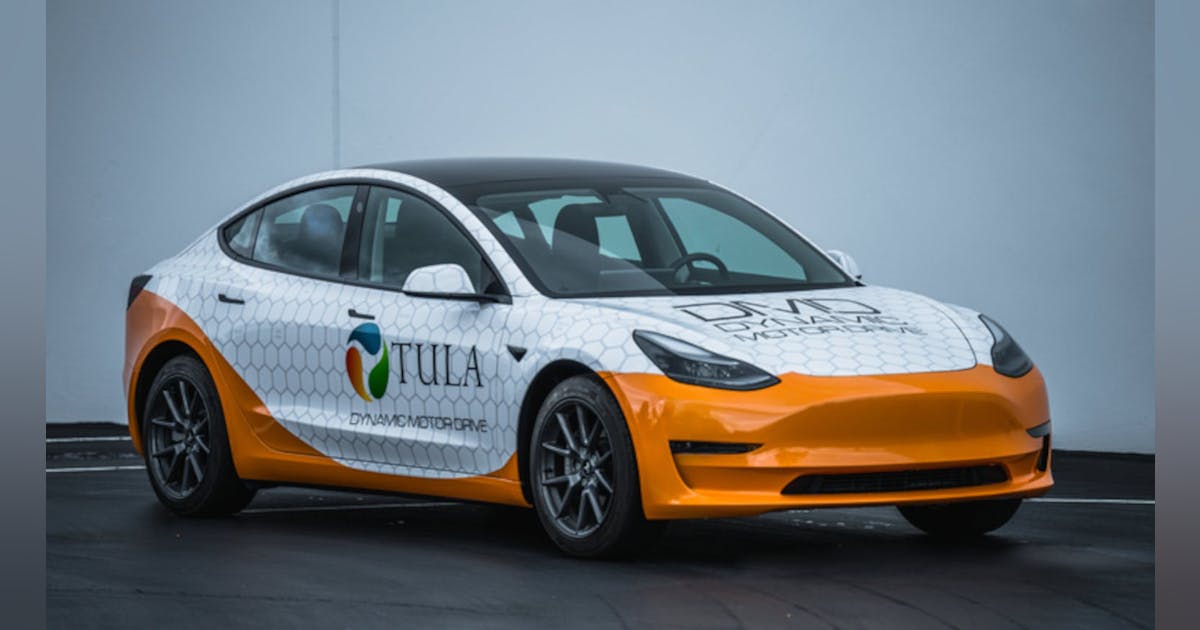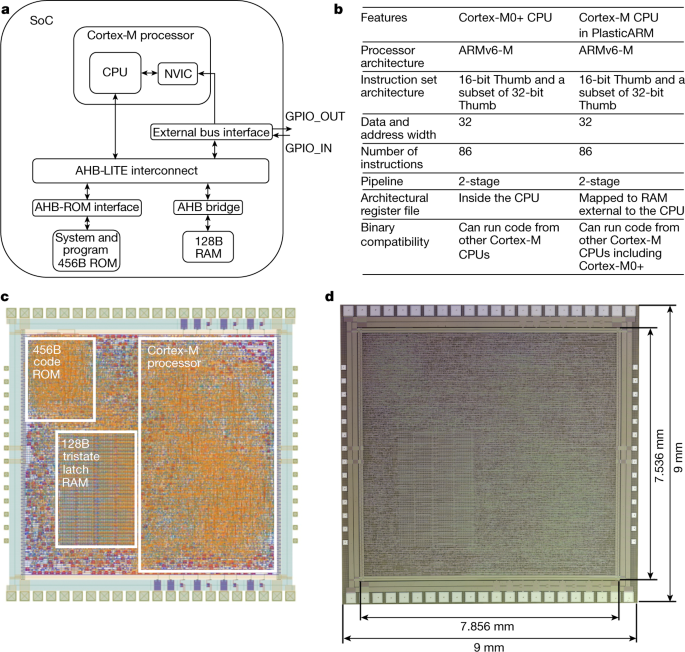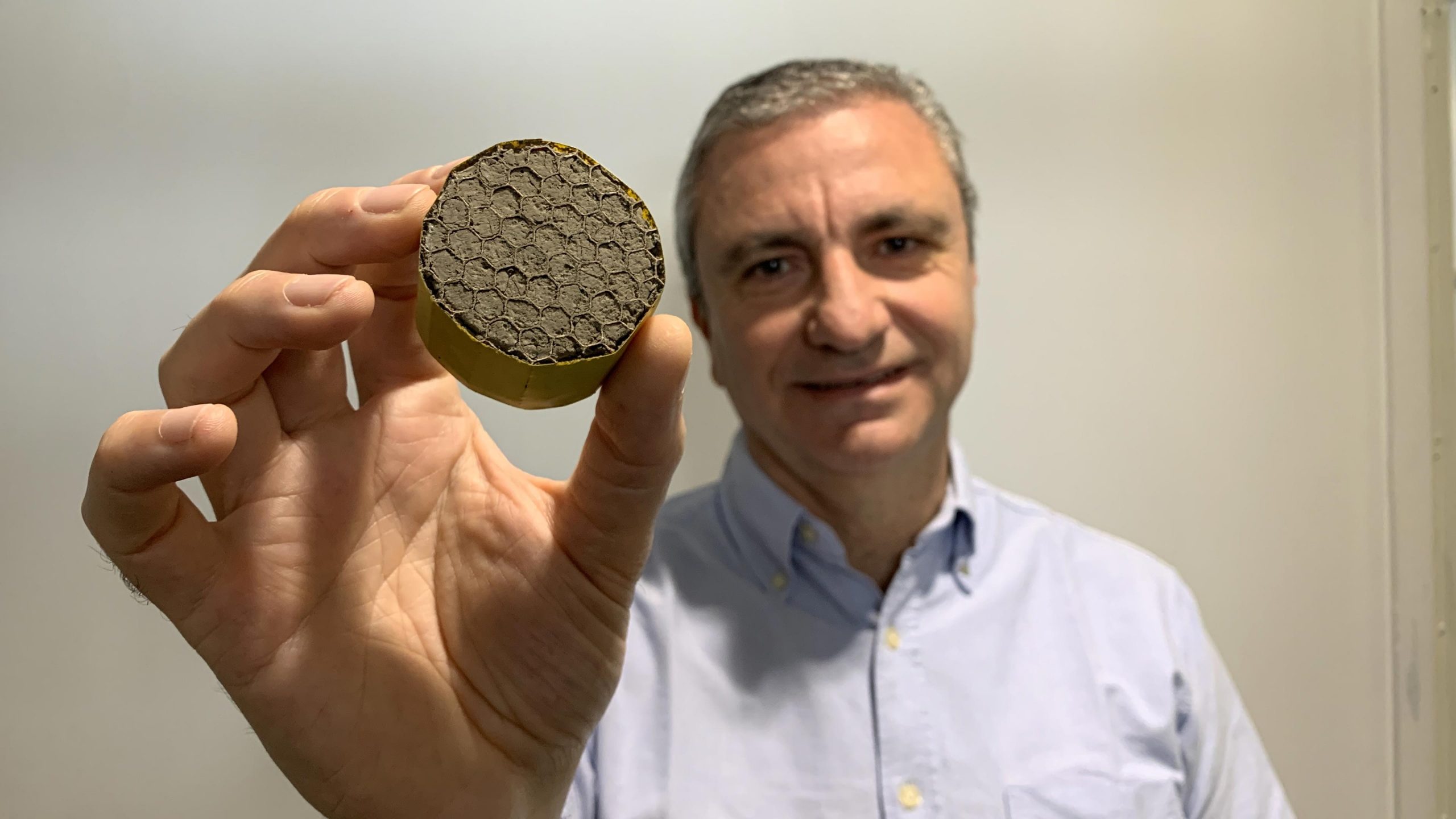
Increasing EV Powertrain Efficiency Without Rare-Earth Materials
The scale of automotive electrification continues to expand at an amazing pace. Automakers as well as countries have pledged to phase out development of internal combustion engines (ICEs) and move forward to all-electric solutions as early as the 2030s.
Nevertheless, electric vehicles (EVs) still face various technical challenges. Improving the efficiency and lowering the cost of EV powertrains are near, if not at, the top of the list. Increasing EV powertrain efficiency plays an important role in reducing grid load, decreasing pollution from electricity generation, and extending the driving distance per charge. However, efficiency advances over the past decade have focused on technologies that also increase rare-earth metal usage.
An estimated 90% of EVs today have permanent-magnet (PM) motors. PM motors are problematic because there’s a supply shortage of rare-earth materials (e.g., neodymium and niobium). Rare-earth elements are also essential components of products such as cellular telephones, computer hard drives, hybrid vehicles, and flat-screen monitors and televisions.
Moreover, sources of economically recoverable rare-earth metals are concentrated in only a few locations worldwide. About 94% of the rare earths used in the world come from mines in Mountain Pass, California, U.S.; Bayan Obo, Inner Mongolia, China; Shandong province, China; and Sichuan province, China (Source: Encyclopedia Britannica). As a result, most companies are looking for lower-cost alternatives to PM motors, while not sacrificing efficiency.






/cloudfront-us-east-2.images.arcpublishing.com/reuters/O46IVMNO6BKYZEQQBCUX5PBSVM.jpg)












